Systems for radio based equstrian training
Radio Systems for Equestrian sports – which criteria are relevant to make the right choice?
If you have ever enjoyed riding lessons with a good radio system you won´t want to return to shouting trainers and to riders who understand only half the instructions they are given. The range of communication systems for equestrian sports has increased significantly; at the same time a noticeable technical progress has been achieved. However, this has not made the customer´s choice any easier.
Therefore, before deciding for a certain radio system, you should consider your own needs. Otherwise you might run the risk of acquiring a system that does not really meet your personal requirements. It is also important to choose the right salesman. At the moment you start having questions about the operation or have technical problems a good customer service will become evident. The following points are most important:
Required Range
According to the equestrian sporting discipline various distances need to be bridged. Here you should consider: the range can be reduced by trees, buildings or clothing covering the antenna of the devices.
Frequency of Use
Especially professional riding instructors or ambitious horsemen who would use the system quite frequently should not compromise and dig deeper into their pockets for a first-quality-system. A very low price normally also means less functionality. But in case of only sporadic use or a small budget a simple model can be sufficient for you.
Method and Direction of Voice Transmission
You should decide if your system should transmit only when the push button is pressed or permanently. Also it is to be considered if it is sufficient for the rider to only listen (one way) or to be able to answer (two way). But: in a permanent two-way-transmission the trainer also hears all sounds from the rider´s side, which can be irritating. In some systems it is possible to set the transmission direction according to your requirements.
Single or Group Lessons
Most suppliers offer complete kits for single lessons. Here the coach and each rider are equipped with one radio unit plus earphone and/or microphone. In addition, many basic kits can be upgraded for group lessons, but the maximum number of devices that can be integrated varies.
Headset or Earphones and Microphone
One-way-systems in general work with an earphone for the rider and a small, unobtrusive clip-microphone for the coach. For two-way-transmission both have to wear a headset, i.e. an earphone with integrated microphone. The rider headsets should be fixed by a plastic ear clip or rubber loop ensuring a good fit in faster gaits. In case of frequently changing users for hygienic reasons you should consider acquiring several headsets/earphones.
Size and Fastening
The devices should not be too big and have a light weight. Usually the are equipped with belt-clips on their backside. Fixed half laterally to the back of your waistband they will neither hinder when mounting the horse nor when jumping. As an alternative some suppliers offer practical belt pouches for carrying the devices.
Operation
Riding-instructor communication systems should be easy to operate. The effort for the initial setting is – depending on the transmission mode – very different. While pure transmitter/receiver systems a almost self-explanatory, in devices with several transmission options you normally have to make several basic settings. For this a meaningful and comprehensive instruction manual would be helpful. The user should have familiarized with this before putting the system into service, thus making best use of the desired functions and options of the devices.
Operating Time
There are also considerable differences in the operating time, therefore it is advisable to read the product descriptions thoroughly. Units with replaceable batteries can be equipped with loaded replacement batteries if needed, whereas permanently installed batteries need to connected to mains power for loading.
Additional Features
Some functions that are exceeding what is needed for pure lesson-giving can also make sense for you. Some systems for example have an additional slot you can use to import music. If you are rehearsing for a freestyle you will appreciate this possibility. A mute-button on your transmitter interrupting the transmission shortly, e.g. if the coach gets a phone call, can also be quite practical.
Service
Most riding-instructor radio systems are sold online. It is very important to get good counselling before and after the purchase. A competent dealer helps potential customers by asking relevant questions on the phone or by mail to make the right choice. Sometimes questions arise after delivery, e.g. for setting up the system. In these cases the customer service should be available without problems. A shop-certification with a recognized quality label gives additonal safety for the purchase.
Accessories/Replacement Parts
An extensive assortment of accessories implies a professional product range, which also enables you to order replacement parts. Very useful items are transport cases and protective pouches for the devices and alternative headsets.
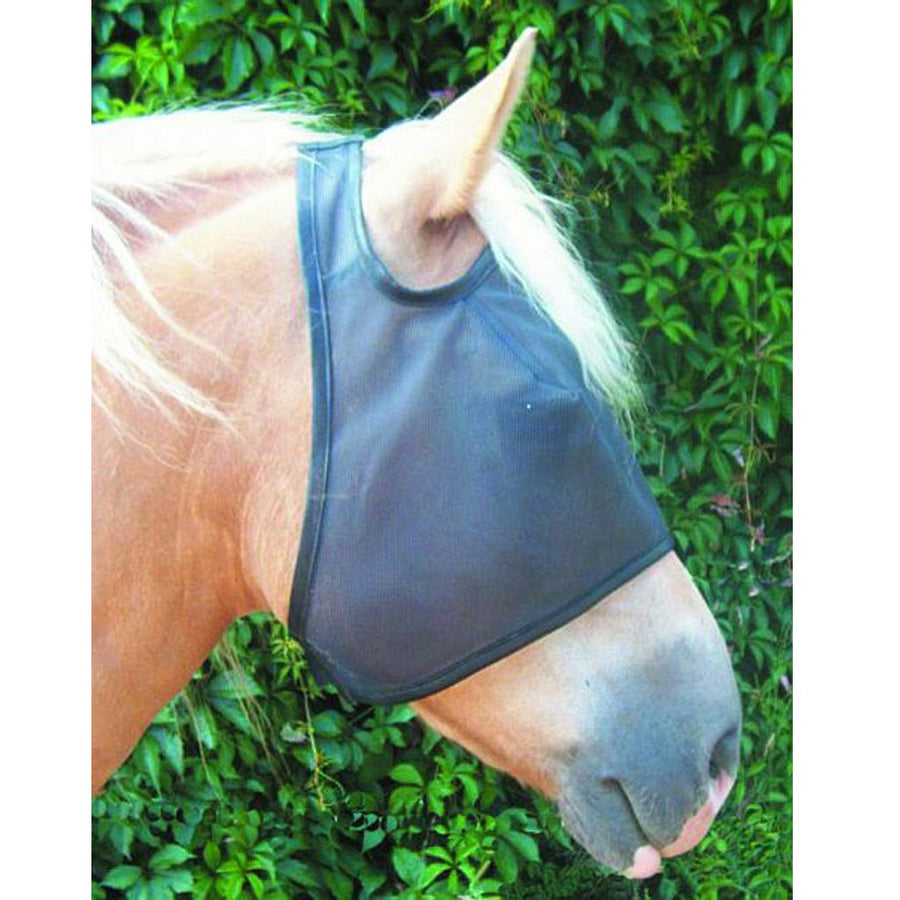
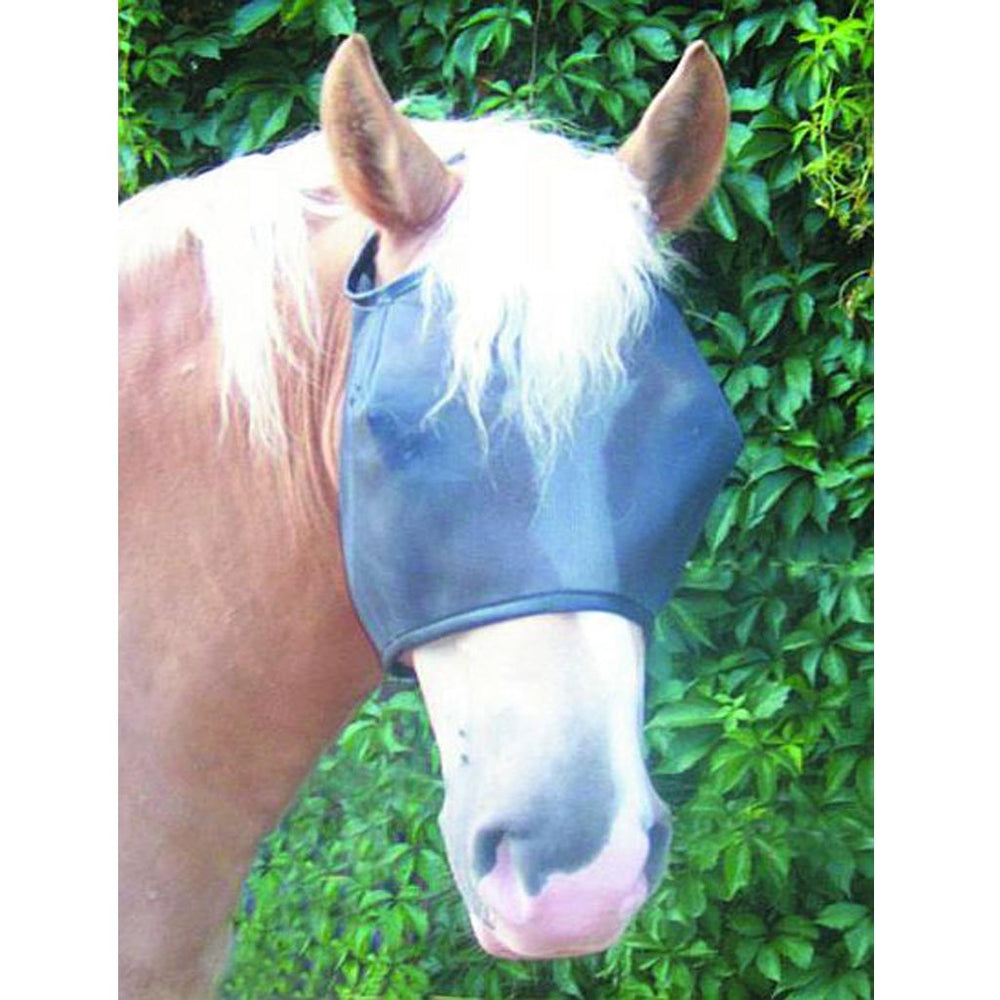
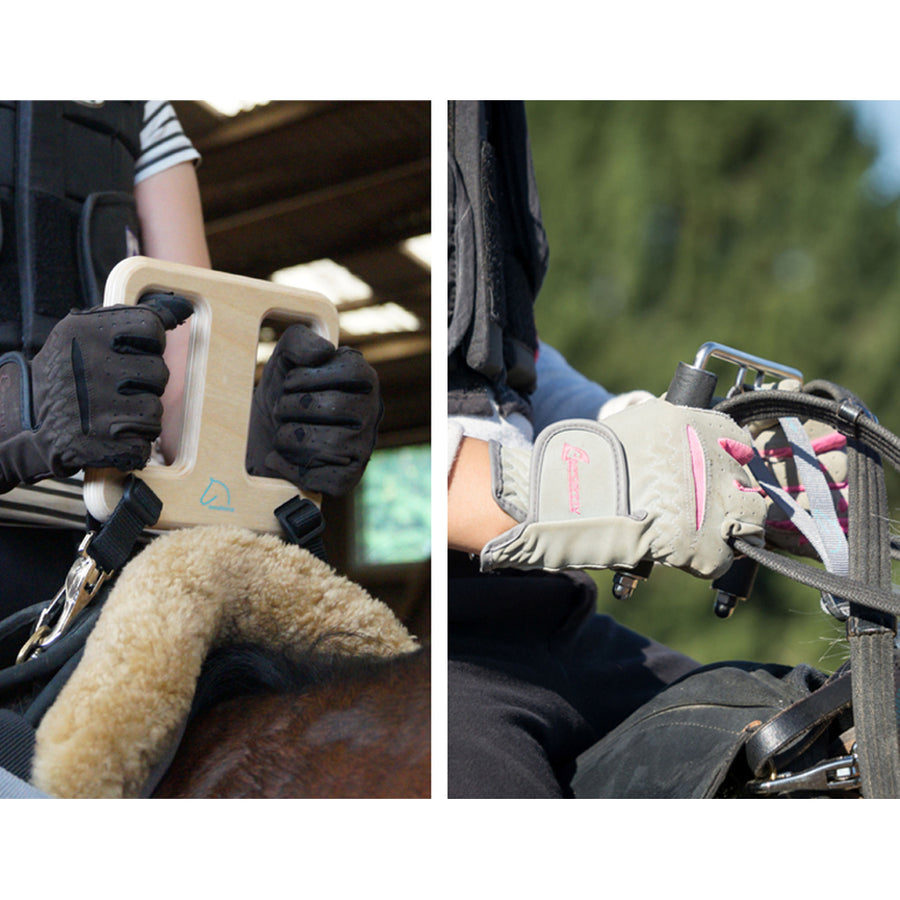
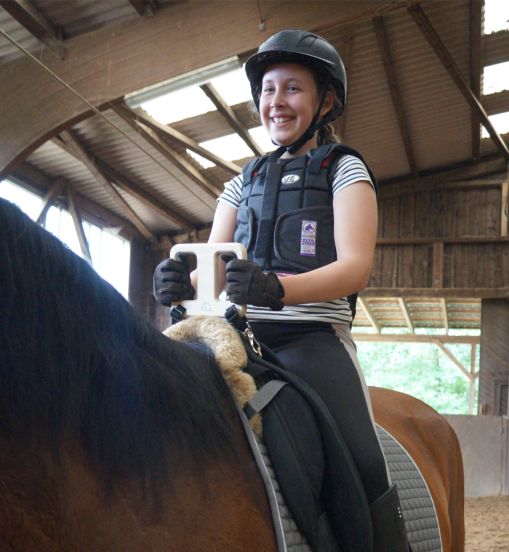
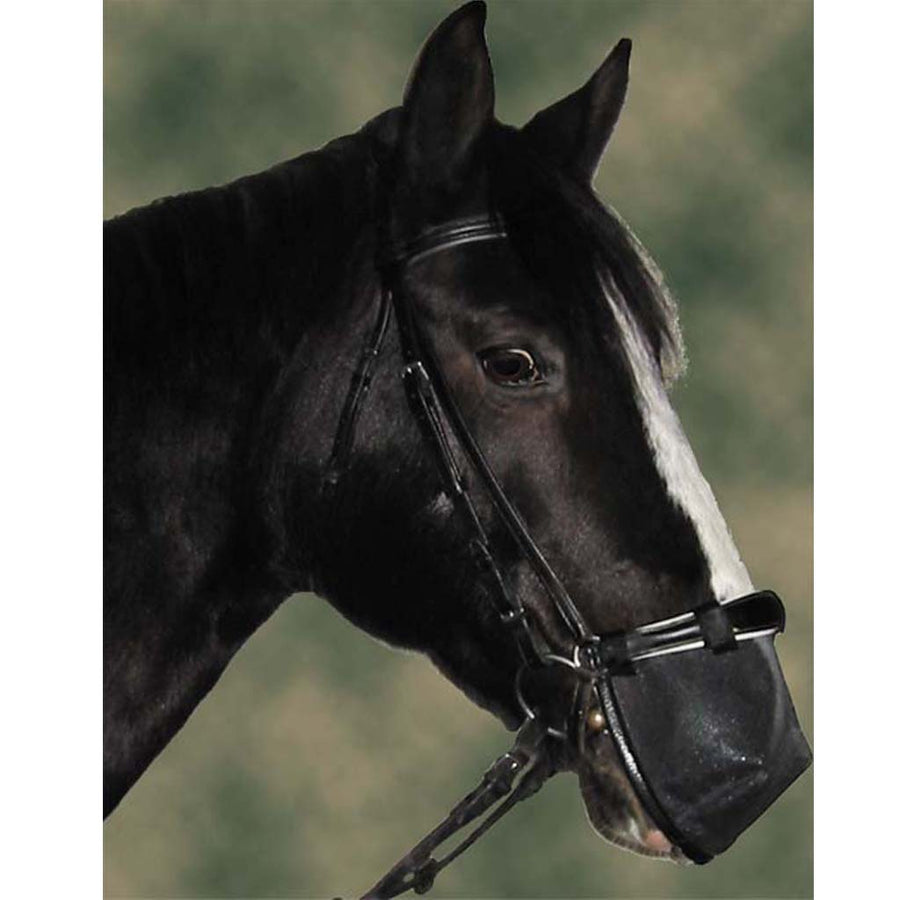

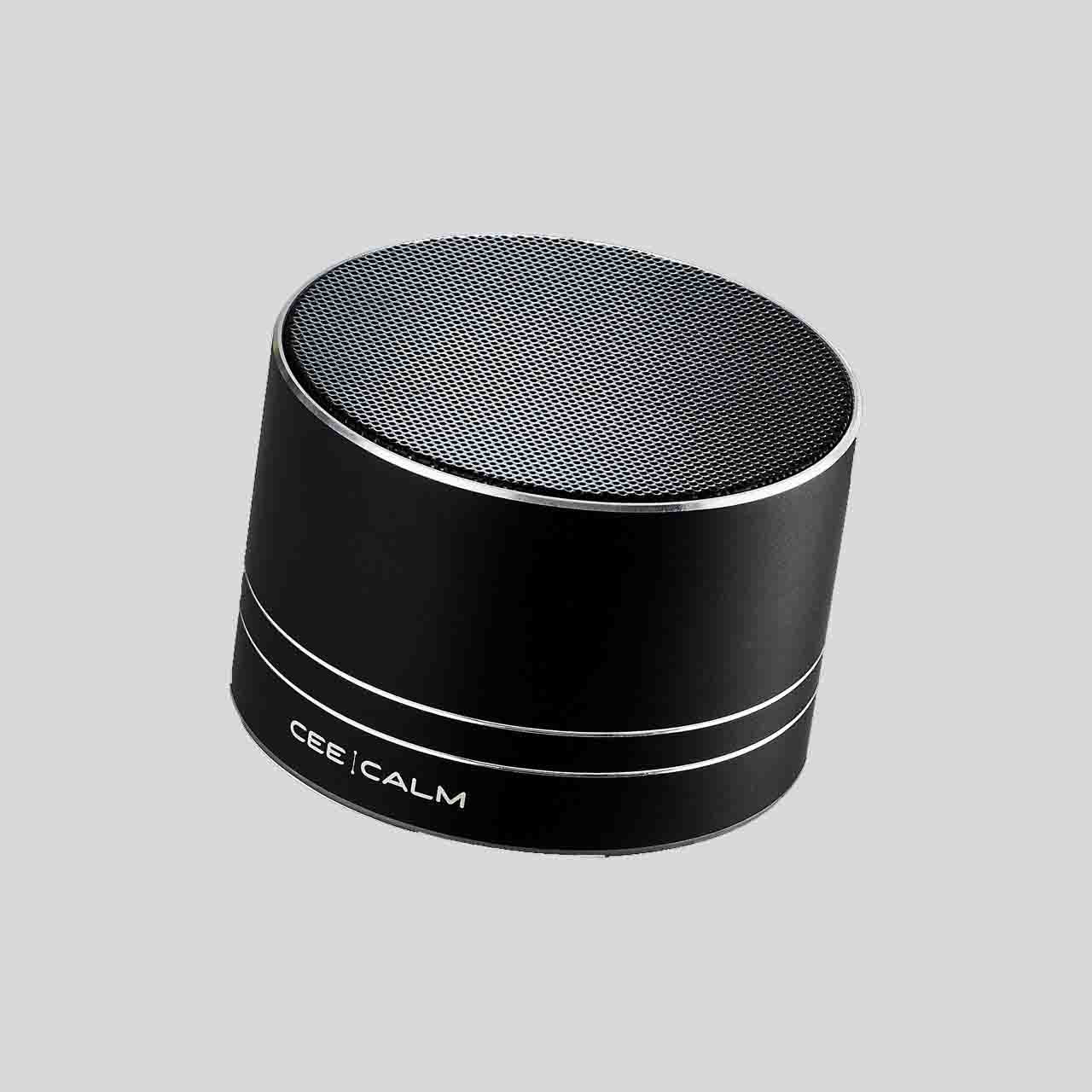


Hinterlassen Sie einen Kommentar